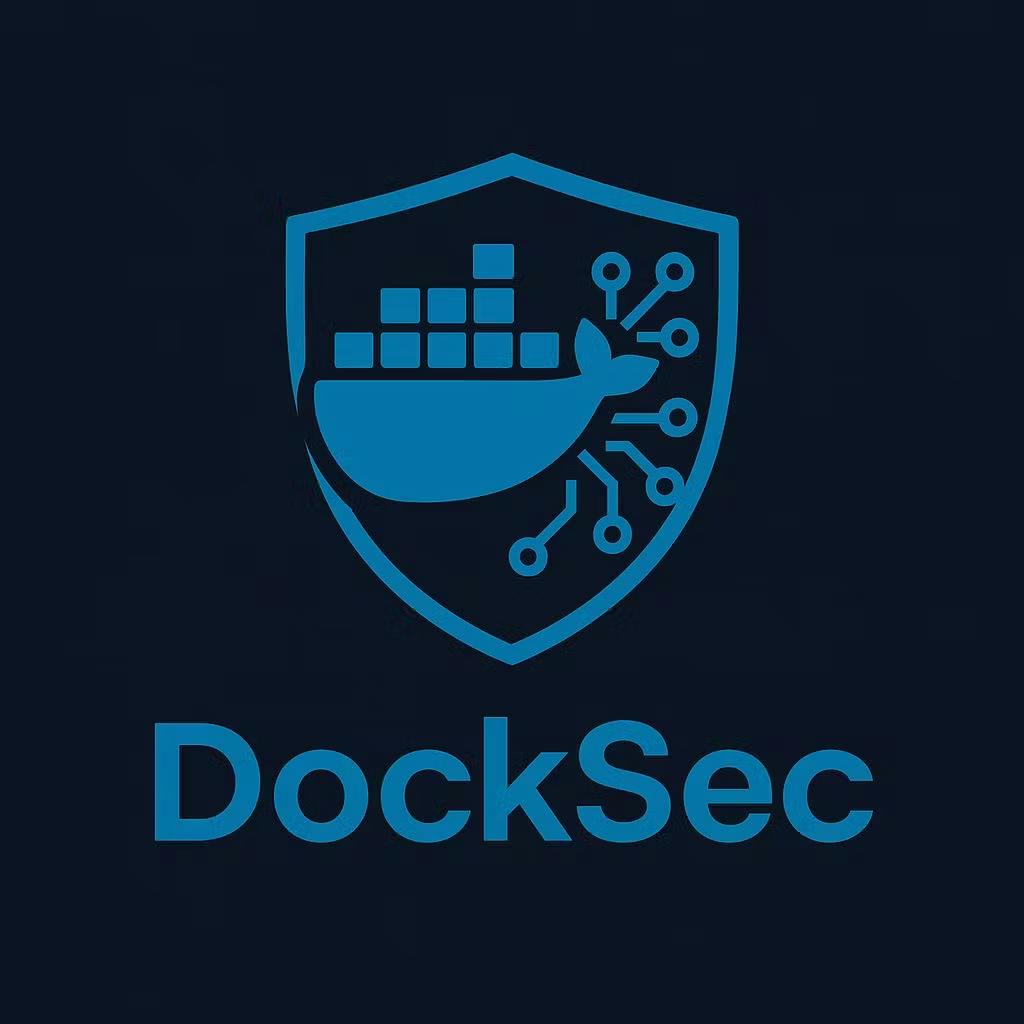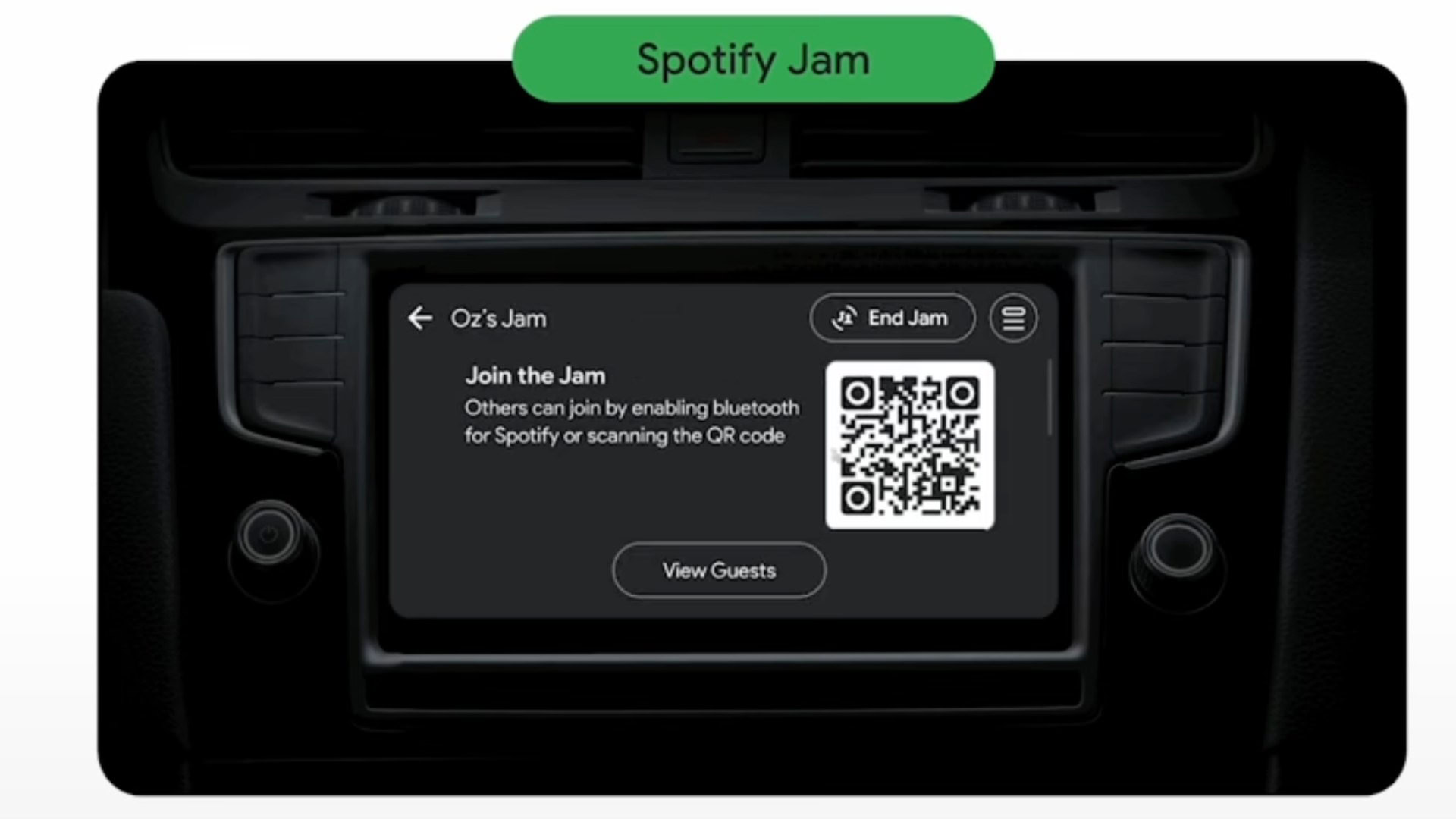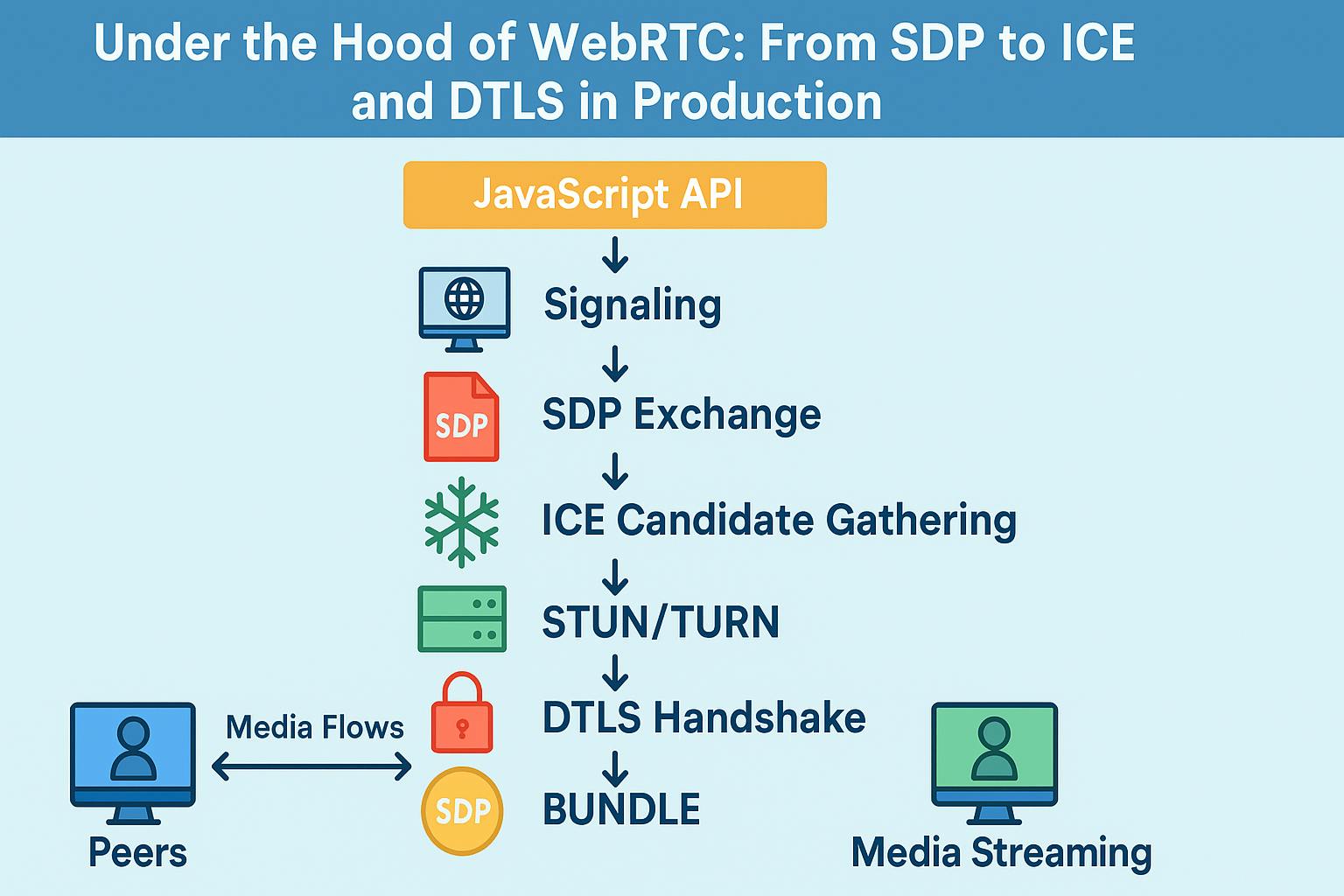Your organization deploys often, with automation at every step. Execution happens fast, and speed drives everything you do. However, each additional container in your system increases the security vulnerability area.
Attackers spot security weaknesses, even if you don’t. They find gaps before you even know they exist. One misconfigured Dockerfile. One outdated base image. The stack exposure can be triggered by just one mistake.
You probably use scanners already. They alert you fast. The scanning tools generate reports that become difficult to handle. The system shows you flagging lines alongside no descriptions and no indication of what requires attention. The bulk of security tools reach their limit at this point. You continue to look for the right place to start addressing priority issues. Building security solutions continues to take up your time since you must determine appropriate build protections.
DockSec presents a unique solution to these vulnerabilities. The tool performs scanning tasks and issues alerts. It thinks like you. Moreover, it evaluates Dockerfiles. The fewer alerts DockSec provides contain vital information that presents itself more clearly and precisely. DockSec utilizes exploit paths to determine the severity order of identified risks. The system delivers exact human-readable solutions for the detected issues.
Furthermore, AI technology provides solutions through understandable language instructions. The solution uses Trivy and Hadolint as part of its operation. Then it layers intelligence on top-real, useful insight. Your understanding of the errors goes beyond simple detection. The system shows the cause of your Docker security issue along with step-by-step instructions for resolution. It allows you to automatically apply repairs directly inside it. No noise. No friction. No slowdown.
The number of container threats rose dramatically throughout industries during the year 2024. Breaches originating from vulnerable containers make up more than 63% of reported incidents. Most of the vulnerabilities were introduced during the initial stages of build development. You might think you’re covered. The majority of scanning methods fail to detect the fundamental problems that exist. You don’t need more alerts. You need smarter ones.
The integration of DockSec operates seamlessly within your existing work process. It identifies misconfigurations before application release. The system displays real-time modifications of code executed by AI algorithms. Your safe development continues at a normal pace because the system maintains your operating speed.
DockSec was born out of a simple question: What if Dockerfile security could think like an engineer?
This guide walks you behind the scenes: why we built DockSec, how it works, and what it means for the future of container security.
Why Traditional Docker Security Falls Short
Trivy, Hadolint, and Docker Bench are tools that you probably put to use already. These tools can be found within modern cloud-native pipelines.
They scan for CVEs. They catch problematic Dockerfile patterns. They flag insecure container settings. But they all miss one crucial thing: prioritization.
You run a scan. You might get 30, maybe 50 results. Some matter. Some don’t. Since your responsibility now is to make decisions about the issues. Which ones break production? Which ones can wait? Almost every tool in use fails to meet user needs during this phase. They flood you with noise. The utility provides no additional explanations about the warning messages it generates.
Building real infrastructure remains your core objective while pursuing dangerous conditions. You don’t need static lists. You need real-world impact. Why is this issue risky? How can you fix it safely? These tools cannot reveal such information. The solution lies within your ability to work things out independently because tools do not attempt to support you in this task.
That’s the gap you face every sprint. Too many alerts. Too little meaning. And zero guidance built for how you ship code.
We don’t need more tools. We need smarter ones that know what to fix and how.
DockSec aims to solve this by integrating static scanning with AI-embedded interpretation and guidance.
Under the Hood: A Hybrid AI + Static Analysis Engine
At its core, DockSec brings two forces together:
- Trusted static tools like Trivy and Hadolint
- AI that understands your code’s context and turns findings into actions
DockSec processes the input via CLI and initiates two major flows: scanning and AI analysis. Here’s how it works internally:
python3 docksec.py --dockerfile Dockerfile --output report.html
This invokes `docksec.py`, which then orchestrates both static and AI-driven workflows:
# inside docksec.py
subprocess.run([sys.executable, "main.py", args.dockerfile])
In main.py, DockSec builds an LLM analysis pipeline using LangChain:
llm = get_llm()
Report_llm = llm.with_structured_output(AnalsesResponse, method="json_mode")
analyser_chain = docker_agent_prompt | Report_llm
response = analyser_chain.invoke({"filecontent": filecontent})
DockSec reads the Dockerfile, performs the scan, invokes the LLM, and outputs:
- Structured remediation guidance
- Human-readable summaries
- PDF, JSON, or HTML reports with security scores
Shift Left Without Slowing Down
Most security tools slow you down. DockSec doesn’t. You run it where you already write and ship code.
- Run it locally as a pre-commit hook
- Use it in GitHub Actions, GitLab CI, or Jenkins
- Generate reports for compliance and audits
It also introduces an AI-driven score using ScoreResponse to summarize overall risk. CI/CD checks can pass/fail based on risk thresholds without overwhelming your pipeline.
CI/CD security should feel like autocomplete, not a compliance audit.
Security That Communicates Clearly
Most tools stop at listing problems. DockSec is designed to close the loop.
It provides:
- Human-readable explanations with AI-generated code fixes
- Layer-by-layer Docker image analysis
- Base image health suggestions
- Misconfiguration summaries
Example issues detected by DockSec:
- Outdated base image (suggests alternatives like distroless)
- No
USERdirective (provides fix and explanation) - Unused packages (recommends pruning instructions)
DockSec also uses fpdf to create beautiful exportable reports:
pdf = FPDF()
pdf.add_page()
pdf.set_font("Arial", size=12)
pdf.cell(200, 10, txt="Docker Security Report", ln=True, align='C')
Good security tools don’t just find problems—they offer a path to resolution.
The Road Ahead
DockSec is constantly evolving. Upcoming features include:
- Kubernetes manifest and Docker Compose scanning
- Slack and Discord bot notifications
- VS Code plugin for inline security suggestions
- Advanced vulnerability tracking and trending analytics
It’s also in the process of onboarding with OWASP and has been accepted at events like RSECon and Open Cloud Security Conference.
DockSec is evolving into a full-blown AI co-pilot for container security.
How You Can Join the DockSec Movement
If you’re a developer, DevSecOps engineer, or platform architect, DockSec is built for you.
-
⭐ Star the repo: https://github.com/advaitpatel/DockSec
-
🧪 Run it locally:
python3 docksec.py --dockerfile Dockerfile --output report.html -
🐞 Report issues or suggest features via GitHub
-
🛠️ Contribute code, rules, or translations
We’re not just open source, we’re open collaboration.
DockSec isn’t just a simple scanner; it’s a smarter way to secure containers—with the developer experience in mind.














